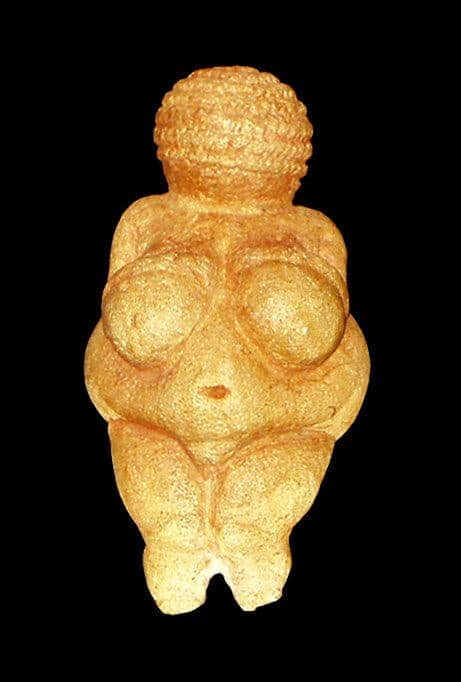
If you’ve ever been to a history museum, you may have seen a Venus figurine. They’re made from soft stones, clay, ivory, or bone, and depict very voluptuous feminine figures. In fact, some features are so exaggerated that anthropologists often questioned whether they even represent pregnant or obese women.
Most Venus figurines were carved some 26,000–21,000 years ago, although some were dated to at least 35,000 years ago. Researchers today interpret them as symbols of beauty and fertility, but the original meaning and purpose of these figurines is not known — they may have even served a ritual purpose, but little is known about them.
A new study looking at ancient famine and ice age variations suggests that the figures were indeed obese, but this represented a type of beauty standard or an ideal at the time.
Unusual art
Obesity is, for the most part, a modern problem — having too much food available is not something many of our ancestors could have bragged about. So what’s the deal with this type of art?
“Some of the earliest art in the world are these mysterious figurines of overweight women from the time of hunter gatherers in Ice Age Europe where you would not expect to see obesity at all,” said Richard Johnson, a professor at the University of Colorado School of Medicine specializing in renal disease and hypertension. “We show that these figurines correlate to times of extreme nutritional stress.”
Some 48,000 years ago, ancient humans in Europe were undergoing a period called the Aurignacian. The Aurignacians, people who lived in that period, had already established themselves as a force in the biological world. They hunted reindeer, horses, and mammoths with the spears and the tools they built. They also fished, and supplemented their diets by foraging for berries, nuts and plants.
But things took a turn for the worse for them. As the Ice Age set in, temperatures plunged and disaster struck. The ice sheets were advancing, it was getting colder and colder, and the ancestral lifestyle couldn’t be supported for most populations. Some moved south, in search of warmer climates. Others took refuge in forests, wreaking havoc on the ecosystem as they hunted and overhunted anything they could find.
It was in this period of generalized hunger that the Venus figurines emerged.
“During this period, humans faced advancing glaciers and falling temperatures that led to nutritional stress, regional extinctions, and a reduction in the population,” the authors note in the study.
Johnson and colleagues suspected this wasn’t a coincidence. They measured the waist-to-hip ratios and waist-to-shoulder-ratios of the figures and noted where the figures had been found. They then compared this map of locations with the map of known glaciers — the points where the temperatures were lowest and food was likely the scarcest.
They found an interesting trend: the closer the figurines were to glaciers, the more likely they were to have over-represented body ratios. In other words, the more people hungered, the more they looked at obesity as a standard.
“We propose they conveyed ideals of body size for young women, and especially those who lived in proximity to glaciers,” said Johnson, who in addition to being a physician has an undergraduate degree in anthropology. “We found that body size proportions were highest when the glaciers were advancing, whereas obesity decreased when the climate warmed and glaciers retreated.”
While this is somewhat speculative, it makes a lot of sense. It’s not uncommon for scarcity of resources to define ideals. An obese woman would have been more likely to deliver a child — although it’s unlikely that too many women were overweight at the time. However, the figurines may have had a spiritual meaning, a charm that would protect women through pregnancy and nursing children.
This idea is also backed by the fact that the figurines were worn down, suggesting that they were kept for many years, and possibly passed down through generations.
“The figurines emerged as an ideological tool to help improve fertility and survival of the mother and newborns,” Johnson said. “The aesthetics of art thus had a significant function in emphasizing health and survival to accommodate increasingly austere climatic conditions.”
The study has some limitations. The number of figurines was small to begin with, and the researchers didn’t have access to the actual sculptures — they had to rely on photographs for measurements (which means they couldn’t use measures like circumference). Researchers also note that the shift to leaner figurines could also mark a stylistic change rather than one relating to hunger.
There’s always some uncertainty when dealing with this type of study, but interdisciplinary methods, such as the ones deployed here, can help us better understand these ancient populations. In many ways, modern archaeology isn’t about finding new things — it’s about interpreting and putting them into context.
The study has been published in the journal Obesity.









